Training With Pole Work
Benefits Of Using Poles In Your Training

As an equestrian, you must have heard trainers and other riders talking about pole work and training with poles but have you ever wondered what it is and how it can help your horse? If the answer is "Hmm yeah", buckle up! In this blog post we are diving into some pole work to discover its purpose and how it serves as a training method for horses.
When you search for simple yet powerful ways of enhancing your horse's strength and agility, that can make a training session fun and effective you will come across pole work. Whether you're an experienced equestrian or just starting your journey, these exercises can be a valuable addition to your training routine. But how exactly? Let's dive in and discover the wonders of this dynamic training method!

1. What is pole work?
Pole work involves setting up a series of poles on the ground in various patterns and configurations. It offers a versatile training approach that targets different aspects of your horse's athleticism, including coordination, balance, rhythm, flexibility, and engagement of the hindquarters. By incorporating pole work into your training sessions, you provide your horse with mental stimulation and physical challenges that promote overall development and performance.

2. How is it done?
Pole work exercises can be tailored to suit horses of all levels and disciplines. The setup typically involves placing poles at specific distances and arrangements, such as ground poles, raised poles, or grid patterns. These configurations can be adjusted based on your horse's skill level and training goals as well as the discipline that you ride. The exercises can range from basic straight lines and circles to more complex patterns, including serpentines, figure eights, and trot or canter poles. They can be beneficial for not only dressage riders but also show jumpers, eventers, and even western riders. Remember that it's important to introduce pole work gradually, ensuring your horse is properly warmed up and prepared for the challenges ahead.

3. What are the benefits and how does it work?
Pole work offers a multitude of benefits for both horse and rider. Here are some key advantages and how they come into play:
a. Enhances Coordination and Balance: The strategic placement of poles encourages your horse to become more aware of their body and foot placement. By navigating the poles with precision, your horse learns to coordinate their movements and develop a sense of balance, leading to improved overall athleticism.
b. Develops Rhythm and Stride Length: Pole work exercises help establish a consistent rhythm and encourage your horse to maintain a regular stride. The repetition of stepping over poles enhances their understanding of tempo, leading to smoother transitions and improved timing.

c. Builds Strength and Flexibility: Navigating on and around the poles requires your horse to engage their core muscles and use their body effectively. This results in improved strength, flexibility, and overall body awareness, contributing to a more athletic and supple horse.
d. Encourages The Engagement of Hindquarters: The act of stepping over poles encourages your horse to engage their hindquarters and lift through their back. This engagement strengthens their hind end, improves impulsion, and promotes a more balanced and connected way of going.
e. Adds Variety and Mental Stimulation: Incorporating pole work into your training routine adds variety and mental stimulation for both horse and rider. It keeps sessions interesting, prevents boredom, and helps maintain focus and enthusiasm.

Pole work is a valuable training tool that offers numerous benefits for your horse's overall development and performance. By incorporating pole work exercises into your training routine, you enhance coordination, balance, rhythm, flexibility, and engagement of the hindquarters. From basic setups to more complex patterns, pole work can be tailored to suit horses of all levels and disciplines. So, embrace the power of pole work and witness the transformative effects it has on your horse's training journey!
Need some inspiration for next pole work? Check out our blog post on CREATIVE POLE AND GRID EXERCISES.
Happy training!







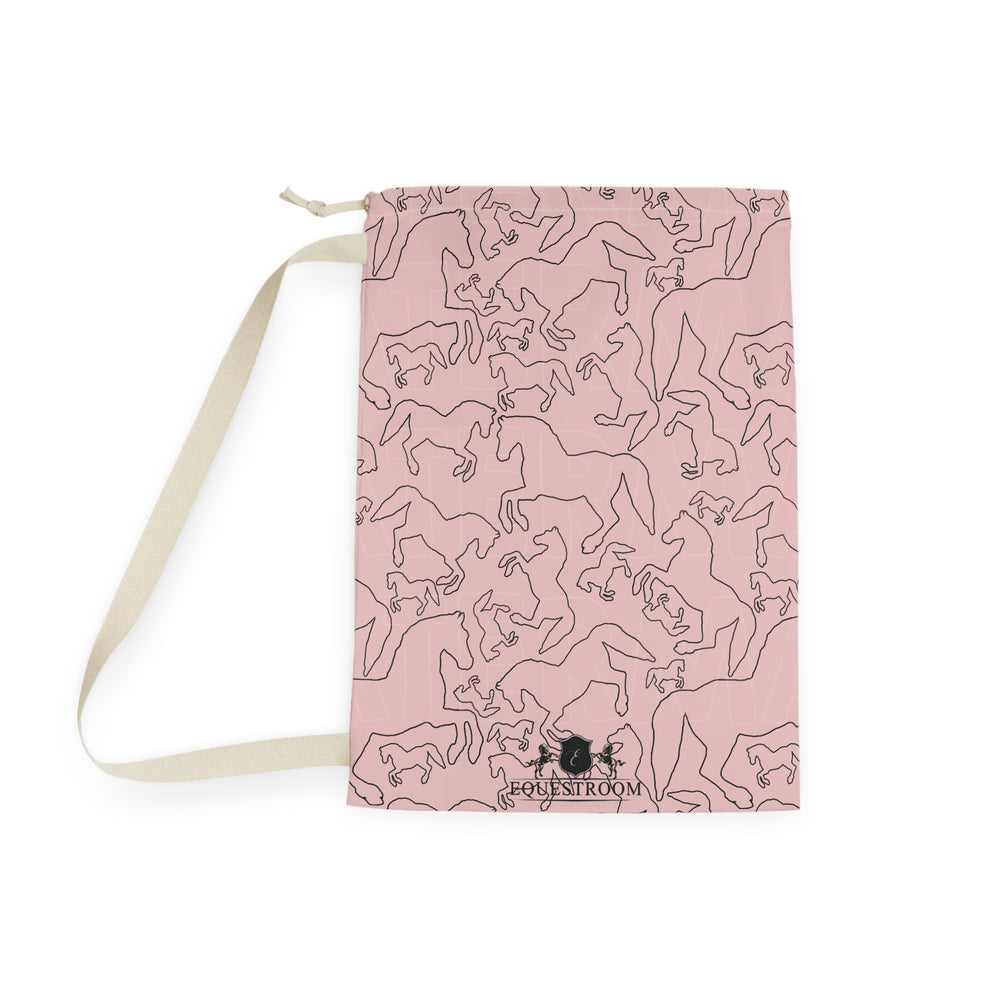


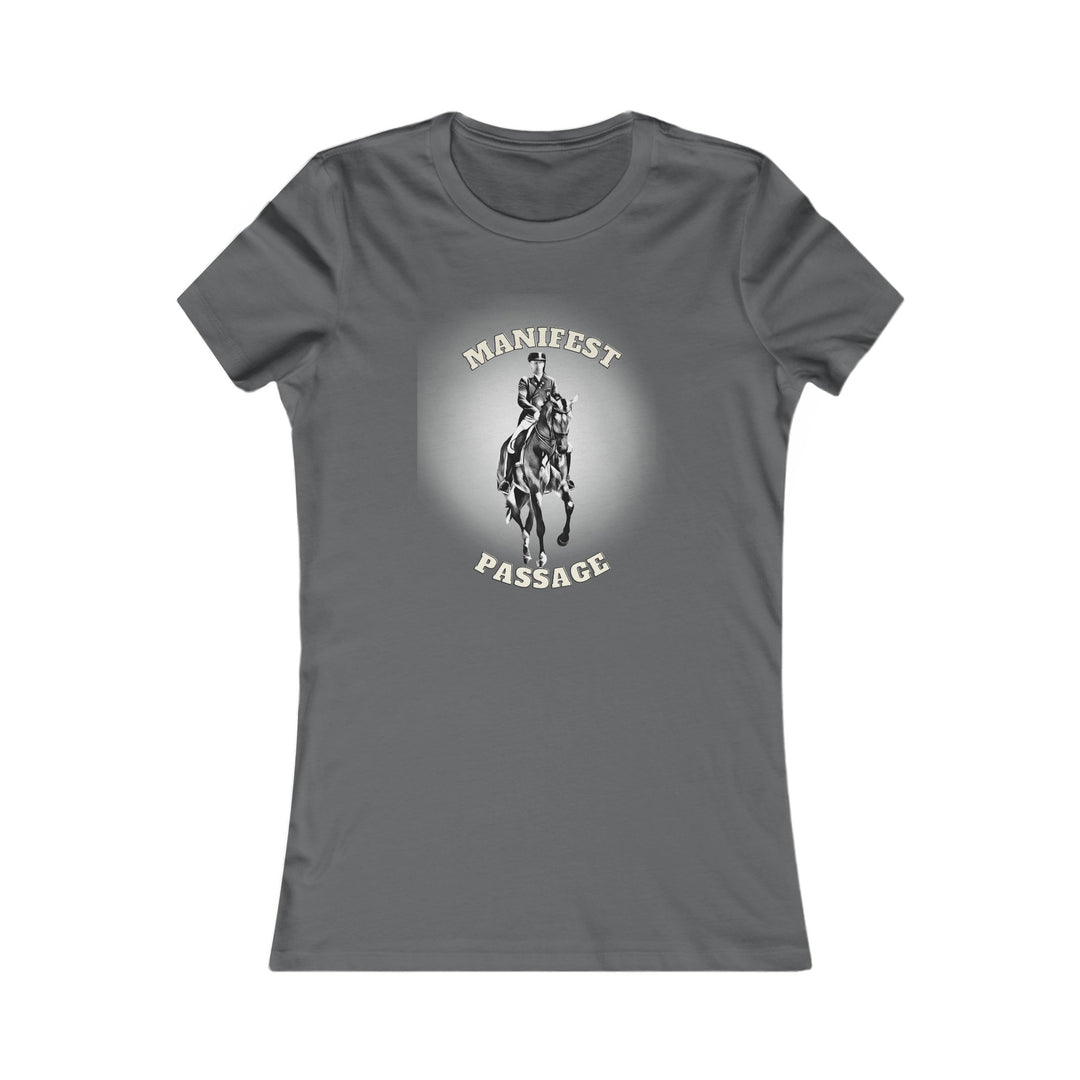
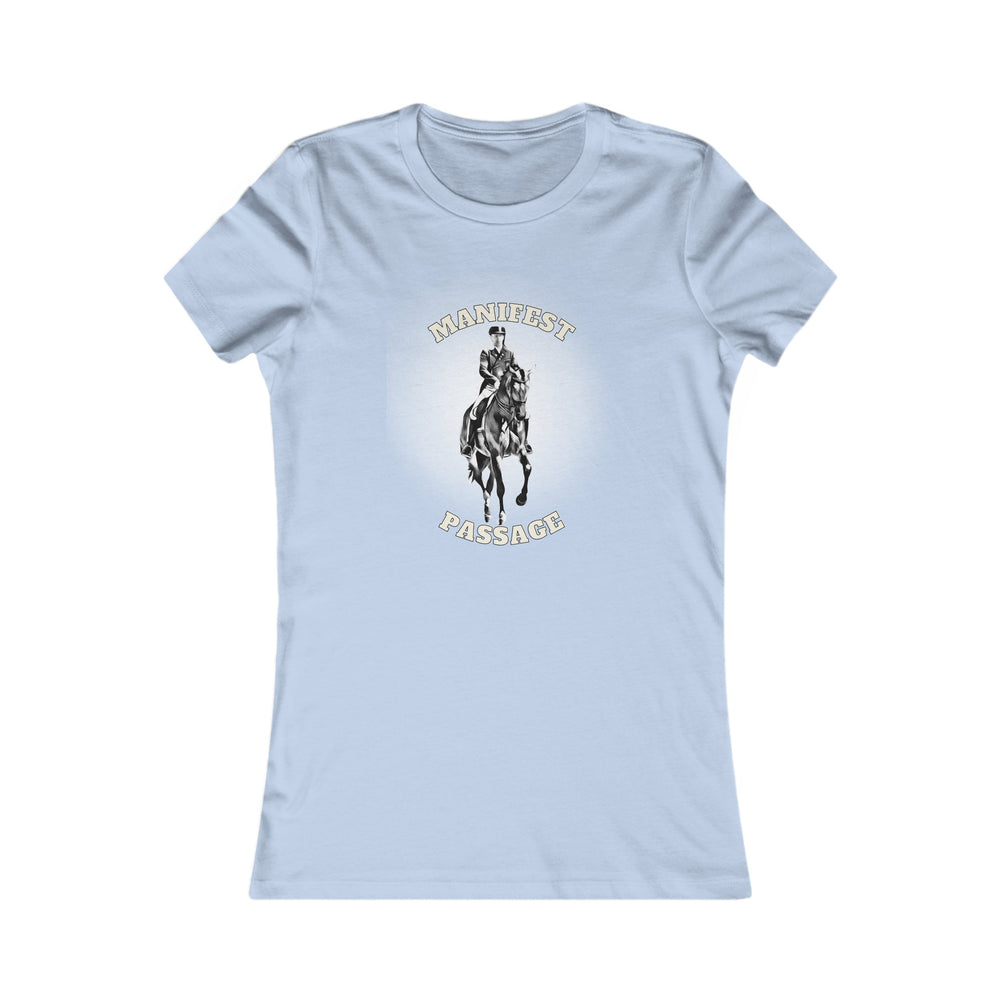
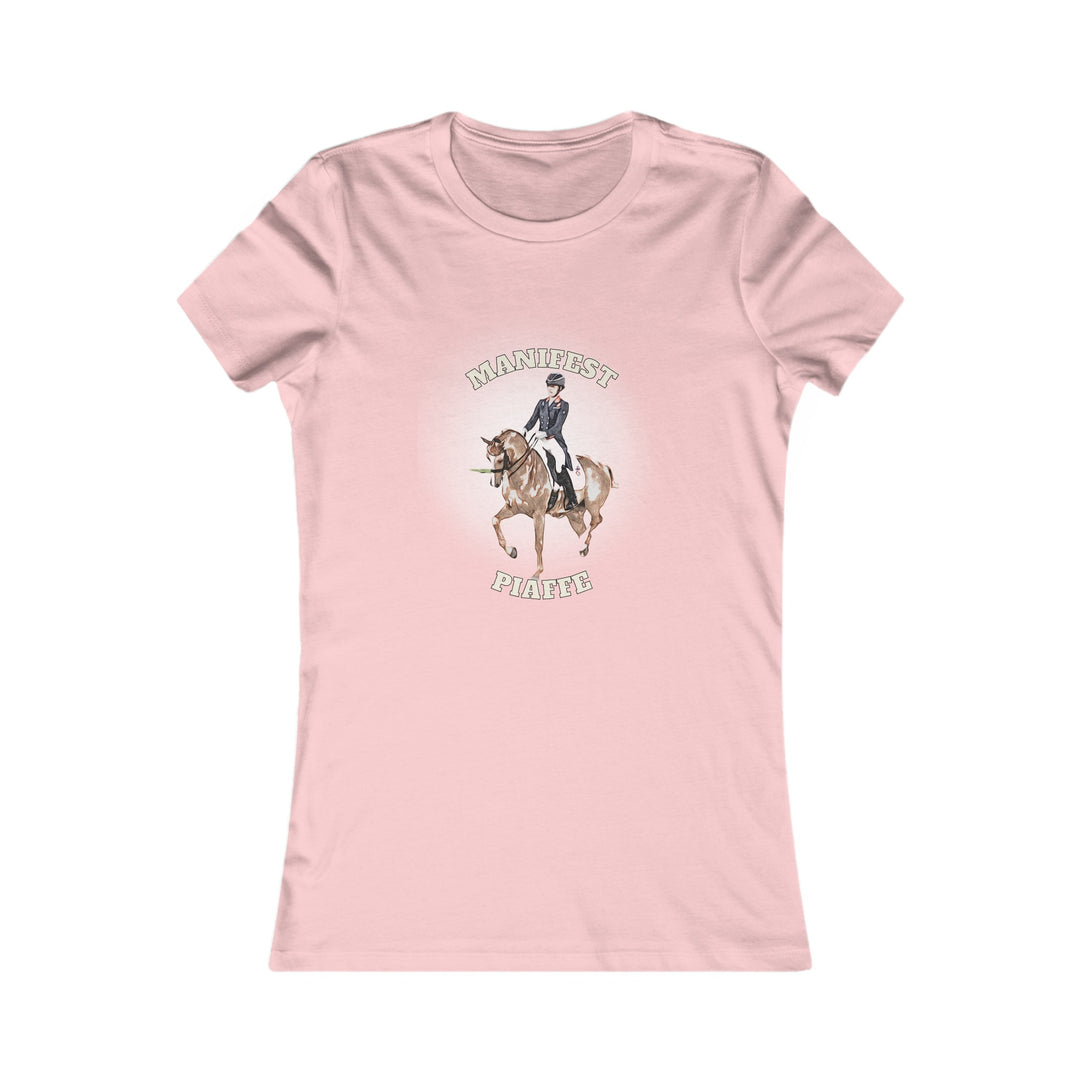
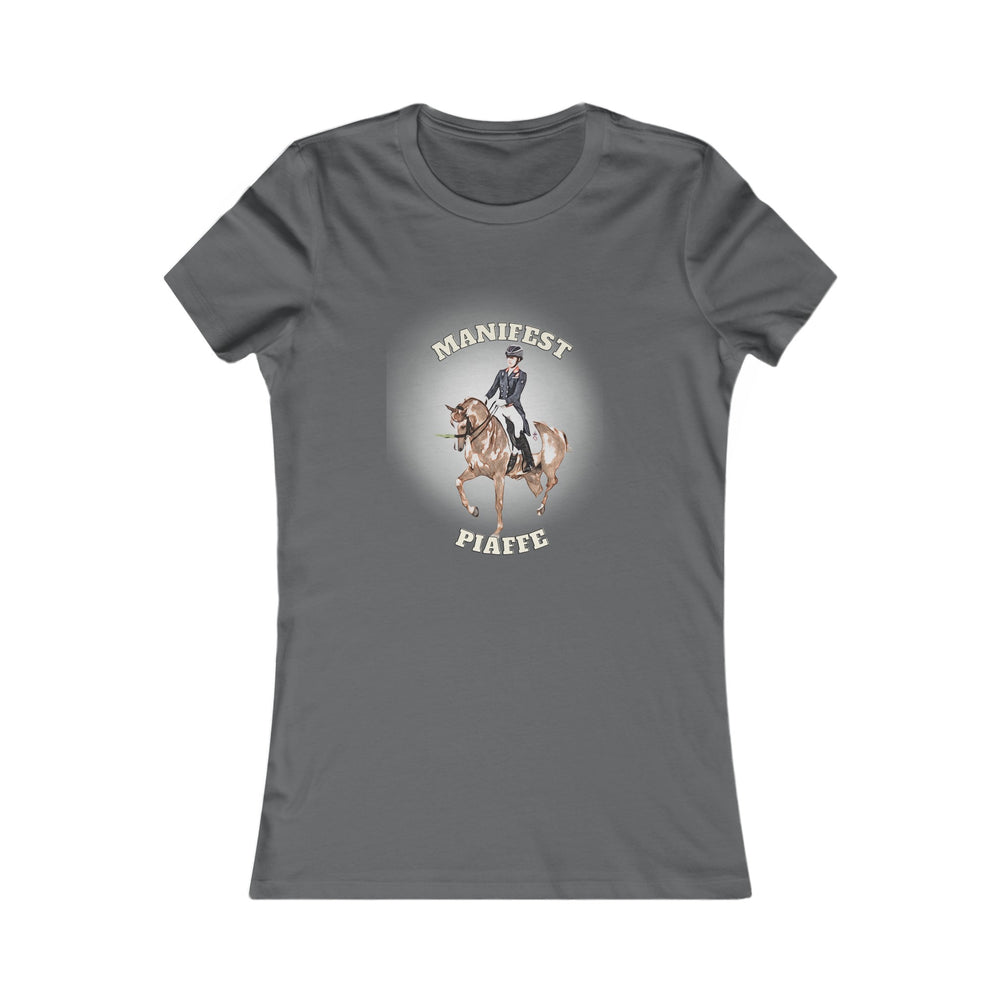
Leave a comment